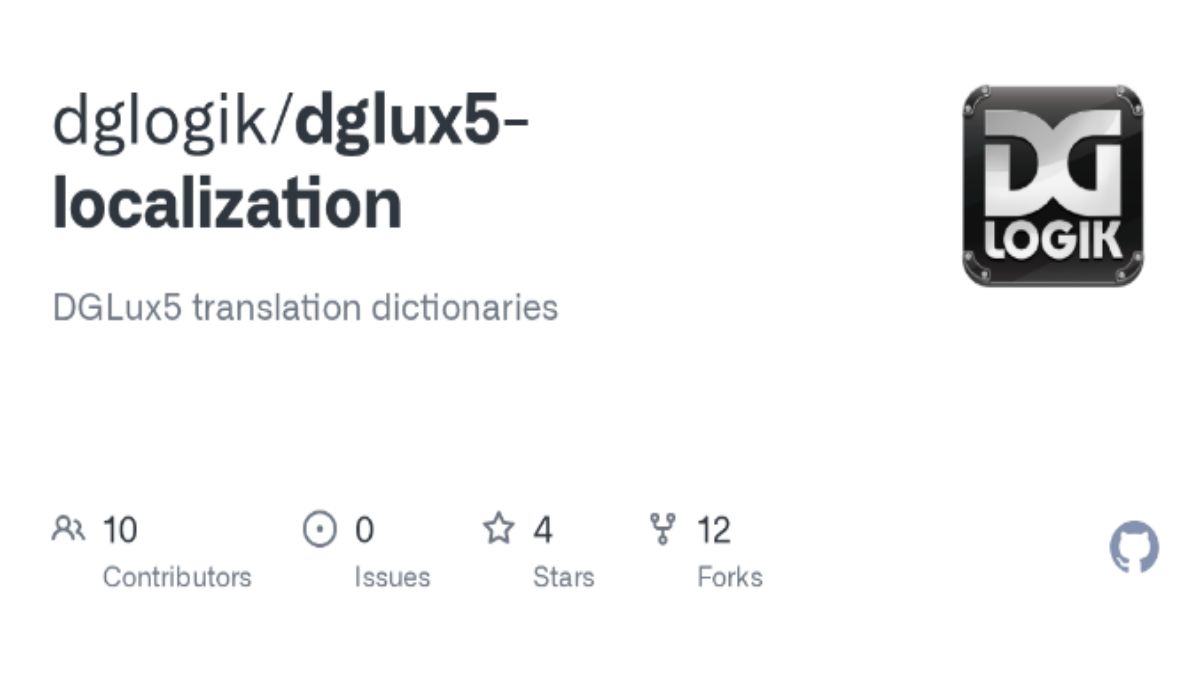Introduction
The API call from DGLux5 process is an essential skill for IoT developers and data visualization engineers who want to integrate real-time data from external sources into their projects. DGLux5 is a powerful data visualization and application-building platform designed to connect, display, and manage IoT data from multiple systems.
This tutorial explains how to set up and execute API calls from DGLux5, integrate results into dashboards, and ensure your workflow remains efficient and secure. It also explores best practices for working with RESTful APIs, authentication methods, and error handling in the DGLux5 environment.
Understanding DGLux5 and API Integration
Before making an API call from DGLux5, it is important to understand the platform’s role in the IoT ecosystem. DGLux5 provides a drag-and-drop interface for creating interactive dashboards that can display data from local devices, databases, and remote APIs.
APIs allow developers to access external data, trigger actions, or integrate third-party services. By combining DGLux5’s visualization tools with external APIs, you can create dashboards that display weather forecasts, building automation metrics, energy consumption reports, or any live data feed.
Preparing for an API Call from DGLux5
Requirements
-
A working DGLux5 installation
-
Access credentials for the target API
-
Knowledge of the API endpoint and data format (JSON or XML)
-
Basic familiarity with HTTP requests
Best Practices Before You Begin
-
Verify API rate limits to prevent overuse penalties
-
Ensure your network allows outbound connections to the API endpoint
-
Use HTTPS endpoints for secure communication
Step-by-Step Guide to Making an API Call from DGLux5
Step 1: Identify the API Endpoint
Determine the base URL and endpoint for your target API. For example, if retrieving weather data, you might use:
Step 2: Gather Authentication Details
Some APIs require an API key or token. These credentials must be stored securely in DGLux5 or your server environment.
Step 3: Use DGLux5’s Dataflow Module
The Dataflow module in DGLux5 enables you to visually configure an API call from DGLux5 without writing complex code.
-
Drag an HTTP Request node into the workspace
-
Configure the URL with your API endpoint
-
Add query parameters (e.g., city name, units, API key)
Step 4: Parse the API Response
Use JSON or XML parsing nodes in DGLux5 to convert the API response into a format suitable for your dashboard widgets.
Step 5: Bind Data to UI Elements
Connect parsed data to charts, gauges, tables, or text labels within DGLux5. This allows live updates whenever the API returns new values.
Handling Authentication in API Calls from DGLux5
Most APIs require authentication. Common methods include:
-
API Keys — Simple to use, passed as query parameters or headers
-
Bearer Tokens — More secure, passed in the
Authorizationheader -
OAuth 2.0 — Ideal for user-specific data with secure token exchange
DGLux5 supports custom headers, making it straightforward to integrate authentication into your API requests.
Error Handling and Troubleshooting
When working with an API call from DGLux5, you might encounter:
-
HTTP 401 Unauthorized — Check authentication credentials
-
HTTP 404 Not Found — Verify endpoint path and parameters
-
HTTP 500 Internal Server Error — Retry later or contact API provider
-
Malformed JSON — Ensure response formatting matches parser expectations
Always log API responses during development to identify issues early.
Real-World Examples of API Calls from DGLux5
Weather Dashboard
Integrate a weather API to display temperature, humidity, and forecast trends in a smart building dashboard.
Energy Consumption Reports
Pull data from an energy analytics API to track usage patterns and optimize resource allocation.
Asset Tracking
Use GPS-enabled IoT devices to send location data to an API, then visualize asset movements in DGLux5.
Security Considerations for API Calls
When making an API call from DGLux5:
-
Never expose API keys in public dashboards
-
Use HTTPS to encrypt data in transit
-
Restrict API calls to necessary endpoints and parameters
Performance Optimization Tips
-
Cache API responses for frequently accessed data
-
Reduce API call frequency when real-time updates are not critical
-
Minimize payload size to improve response times
Conclusion
Executing an API call from DGLux5 unlocks endless possibilities for integrating live external data into IoT dashboards. By understanding endpoints, authentication, error handling, and visualization binding, developers can create highly functional and secure applications. With best practices in place, DGLux5 becomes a powerful hub for real-time IoT insights.
FAQ Section
What is DGLux5 used for?
It is a data visualization and application-building platform for IoT environments.
Can DGLux5 connect to any API?
Yes, as long as the API is accessible over HTTP or HTTPS and returns supported formats like JSON or XML.
How do I secure API keys in DGLux5?
Store them in server-side configurations or encrypted environment variables.
Does DGLux5 support OAuth?
Yes, through custom HTTP headers and token management workflows.
Can I schedule API calls in DGLux5?
Yes, using timers or interval nodes in the Dataflow module.
What if the API returns an error?
Check authentication, endpoint paths, and parameters; implement retries where appropriate.
Is JSON parsing built into DGLux5?
Yes, it has native JSON and XML parsing nodes.
Can I integrate multiple APIs into one dashboard?
Absolutely — you can combine multiple API sources in one DGLux5 project.
